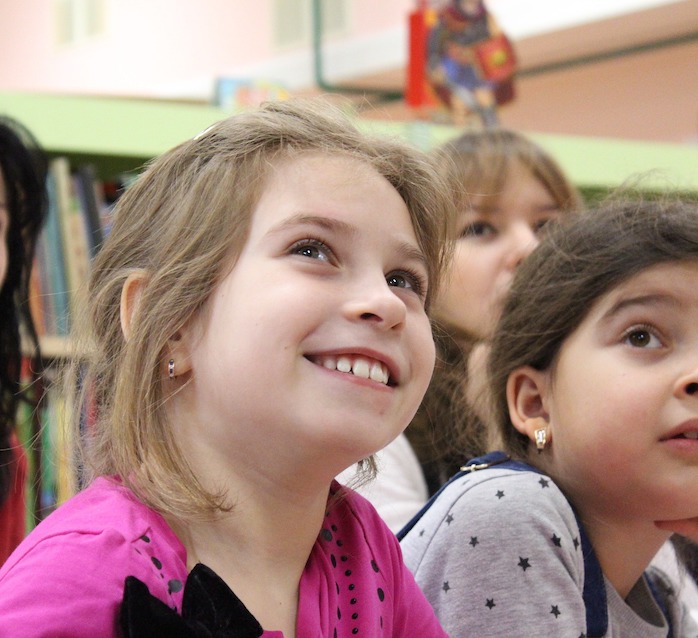 Think about the series of commands you might give your child on a school night: “It’s time for bed! Put away your toys, change into your PJs, and brush your teeth!” Maybe your child put away his toys and got into his PJs, but forgot to brush his teeth. If your child frequently loses track of tasks like these, it’s possible he may struggle with working memory.
Think about the series of commands you might give your child on a school night: “It’s time for bed! Put away your toys, change into your PJs, and brush your teeth!” Maybe your child put away his toys and got into his PJs, but forgot to brush his teeth. If your child frequently loses track of tasks like these, it’s possible he may struggle with working memory.
What is working memory?
Working memory is one of the brain’s “executive functions,” which are mental skills we use to prioritize and accomplish tasks. Defined simply, it’s the ability to keep in mind the information we need to complete a plan, project, or problem. For example, if you need to make a phone call and someone tells you the numbers out loud, your working memory will temporarily store those numbers until you actually dial them.
Psychologists often describe working memory as a “mental workspace” where we store relevant information during activities.
Every single day, we use working memory to go about our lives. From remembering our shopping list to tidying the house, working memory helps us do what we set out to do, in the order that we set out to do it.
One of the easiest ways to spot a struggle with working memory is when someone has a hard time following directions. “For example, if you ask a child to clear his plate from the table, scrape off the table scraps, and put his plate into the dishwasher, he may never get past clearing the plate,” says Dr. Lindy Blazek, learning specialist and Dean of Academic Affairs at Skyuka Hall, an independent school serving Chattanooga’s students with learning differences.
How can it affect success in the classroom?
In the classroom, struggles with working memory may manifest as trouble following directions, comprehending reading material, writing in an analytical way, or solving complex math problems. Any task that requires a child to hold data in his mind, while manipulating it for answers, can present a challenge.
The rate at which material is taught in a traditional classroom, and the expected rate of retention, is geared towards students with average processing speed and no attention or memory issues.
Unfortunately, parents and teachers often interpret lapses in working memory as poor behavior. Meanwhile, the child who fails the task may grow frustrated and embarrassed.
What is the relationship between working memory and attention?
Like working memory, attention is another important executive function of the brain. To continue the desk analogy, attention is the funnel that carries information to the cognitive workspace where working memory makes sense of it. Once the brain processes the information, it either discards it or sends it to long-term memory.
Children with Attention Deficit Hyperactivity Disorder, or ADHD, often struggle with working memory, because new information must compete with distractions.
Excerpted from “What Every Parent Should Know About Working Memory” in HealthScope health and wellness magazine. Read the full article to learn more about how parents can support a child who struggles with working memory.
Source: HealthScope | What Every Parent Should Know About Working Memory, https://www.healthscopemag.com/health-scope/every-parent-know-working-memory | copyright 2018
To schedule an evaluation or to get advice about your child’s challenges, call or email a CHC Care Coordinator at 650.688.3625 or careteam@stage.chconline.org





